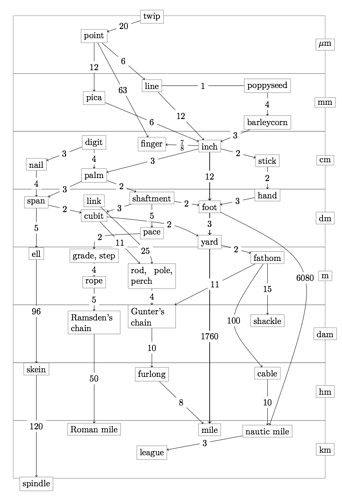Hey, I liked GURPS Vehicles! The second edition, anyway; the first edition had wayyyyy too much iteration.
The “teenage (para)military heroes” genre and the mecha genre are often mixed, but they really are separate things. Mecha are still silly, but they can be their own kind of silly without tossing in teenage girls and the Power of Lurve.
One of the more reasonable ideas for a space combat paradigm, IMHO, is actually Traveller’s Battle Rider concept: You can’t fight in jumpspace, so you have big honking starships that carry a handful of slightly less big, slightly less honking spaceships with souped up maneuver drives and armor instead of jump drives.
What Roger is proposing for PDFs gives me flashbacks to the 80s and copying whole articles from Dragon magazine for my D&D games. I don’t quite have all the GURPS PDFs, but I can see the utility of a program like that.
I’m currently playing in a game where I strongly suspect there are areas that don’t exist because the Creator(s) haven’t defined them yet. Then again, I also strongly suspect the entire world is a collection of characters from rejected works of fiction . . . (Although I’m trying to work out how the lead family from a sitcom that just finished a multi-season run this year fits with that theory.)
Terry Brooks’ The Sword of Shannara was pretty much all but explicitly a rewrite of The Lord of the Rings from a different philosophical angle. I’m less sure what his philosophical angle was than I am what Professor Tolkien’s was though. Vaguely American individualism with a bit of an anti-technology theme and more than a hint of “some people are born to lead and it’s irresponsible for them not to?”
Surely in a Royal Navy in Space game the space station governors are going to be titled peers, or at least knights, and therefore the proper forms of address would depend on their other titles.
A few parallel names are completely OK. Ken is a common Japanese name, after all. Besides, even Professor Tolkien cheated - there’s an appendix where he explains that “Samwise” is an Anglicization of an actual hobbit name, and of course the Hobbits didn’t use the Gregorian calendar with English month names.
One idea I had for a campaign that hasn’t gotten off the ground was to just give a glossary of important concepts and names. So there would be entries like “Earth: Mythical homeworld of the Human (q.v.) species. Humans: Most common sapient species in the Five Galaxies (q.v.). Five Galaxies: The five most explored and civilized galaxies, the core of known space. Metasapients: Sapients possessing powers or capabilities which manifest in less than one in a million members of their species; a.k.a. ‘Metas’ or ‘Supers.’” A few more of those and the general outline of my Babylon 5 meets Battlestar Galactica meets Legion of Superheroes setting starts to form - certainly in enough detail for players to start coming up with character concepts.

